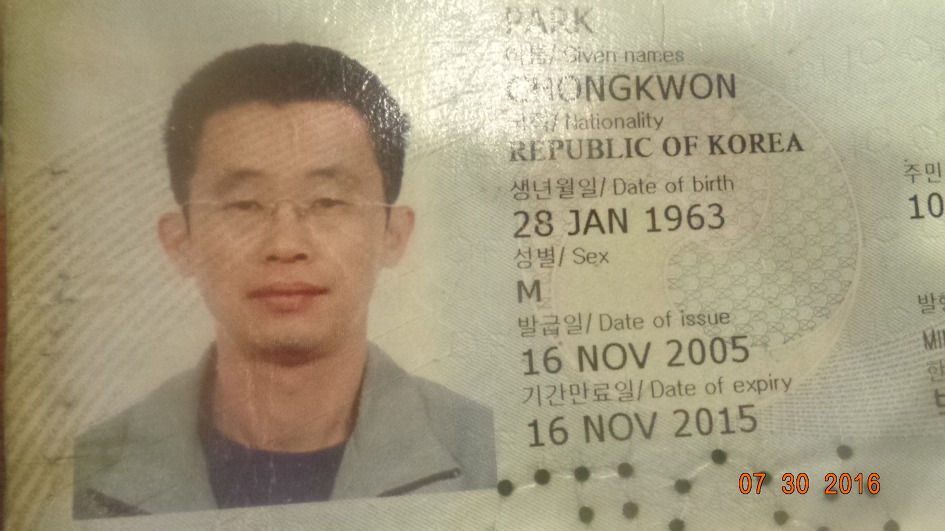Personality disorders (PD) are a class of mental disorders characterized by enduring maladaptive patterns of behavior, cognition, and inner experience, exhibited across many contexts and deviating from those accepted by the individual's culture. These patterns develop early, are inflexible, and are associated with significant distress or disability. The definitions may vary somewhat, according to source.[2][3][4] Official criteria for diagnosing personality disorders are listed in the Diagnostic and Statistical Manual of Mental Disorders (DSM) and the fifth chapter of the International Classification of Diseases (ICD).
Personality disorders (PD) are a class of mental disorders characterized by enduring maladaptive patterns of behavior, cognition, and inner experience, exhibited across many contexts and deviating from those accepted by the individual's culture. These patterns develop early, are inflexible, and are associated with significant distress or disability. The definitions may vary somewhat, according to source.[2][3][4] Official criteria for diagnosing personality disorders are listed in the Diagnostic and Statistical Manual of Mental Disorders (DSM) and the fifth chapter of the International Classification of Diseases (ICD).
Personality, defined psychologically, is the set of enduring behavioral and mental traits that distinguish individual humans. Hence, personality disorders are defined by experiences and behaviors that differ from social norms and expectations. Those diagnosed with a personality disorder may experience difficulties in cognition, emotiveness, interpersonal functioning, or impulse control. In general, personality disorders are diagnosed in 40–60% of psychiatric patients, making them the most frequent of psychiatric diagnoses.[5]
Personality disorders are characterized by an enduring collection of behavioral patterns often associated with considerable personal, social, and occupational disruption. Personality disorders are also inflexible and pervasive across many situations, largely due to the fact that such behavior may be ego-syntonic (i.e. the patterns are consistent with the ego integrity of the individual) and are therefore perceived to be appropriate by that individual. This behavior can result in maladaptive coping skills and may lead to personal problems that induce extreme anxiety, distress, or depression. These behaviour patterns are typically recognized in adolescence, the beginning of adulthood or sometimes even childhood and often have a pervasive negative impact on the quality of life.[2][6][7]
Many issues occur with classifying a personality disorder. Because the theory and diagnosis of personality disorders occur within prevailing cultural expectations, their validity is contested by some experts on the basis of inevitable subjectivity. They argue that the theory and diagnosis of personality disorders are based strictly on social, or even sociopolitical and economic considerations.[8]




댓글
댓글 쓰기